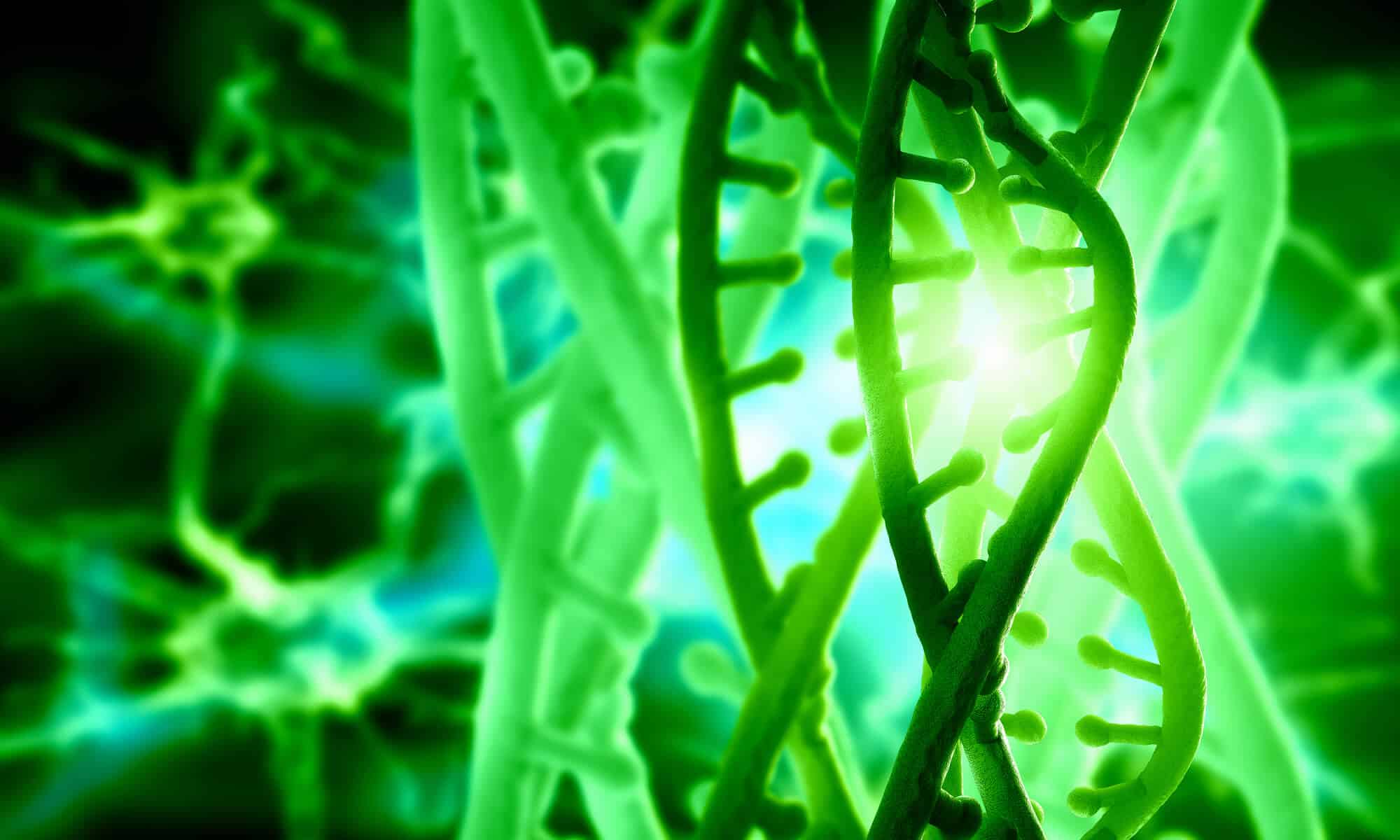A new model offers an explanation for the huge variety of sizes of DNA in nature

A new model developed at Tel Aviv University offers a possible solution to the scientific question of why neutral sequences, sometimes referred to as "junk DNA", are not removed from the genome of living creatures in nature and continue to exist within it even millions of years later. According to the researchers, the explanation for this is that the junk DNA often launches into the DNA that has a role. In launch regions, deletion events hit the incumbent regions and so evolution rejects them. The model contributes to the understanding of the huge variety of genome sizes observed in nature.
Do not do DELETE
The phenomenon that the new model describes is called by the team of researchers 'choice induced by limits'. The model was developed under the leadership of doctoral student Gil Leventhal in the laboratory of Prof. Tal Popko from the Schmonis School of Biomedical and Cancer Research at the George S. Wise Faculty of Life Sciences, and in collaboration with Prof. Itai Miroz, also from the Faculty of Life Sciences. The study was published in the journal "Open Biology".
The researchers explain that throughout evolution, the size of the genome in living creatures in nature changes. For example, some salamander species have genomes ten times larger than the human genome. "The rate of deletions and short insertions, known as 'indels' for short, is usually measured by examining pseudogenes. These are genes that have lost their function, and in which there are frequent mutations, including deletions and insertions of DNA segments. In previous studies that characterized the indels, it was found that the rate of deletions is greater than the rate of additions in a variety of creatures including bacteria, insects, and even mammals such as humans. The question we tried to answer is how the genomes are not deleted when the probability of DNA deletion events is significantly greater than DNA addition events," explains Prof. Popko.
Junk DNA hides in functional areas
Doctoral student Leventhal says: "We provided a different angle to the dynamics of evolution at the DNA level. As mentioned, when measuring the rate of indels there will be more deletions, but the measurements are carried out in pseudo genes, which are quite long sequences. According to us, when we look at a smaller neutral segment, deletions with high probability may also delete adjacent functional segments which are essential for the functioning of the organism, and therefore they will be rejected. We call this phenomenon 'boundary-induced selection'."
"If so, when the segment is short, there will be an opposite bias, so that there will be more revenue from deletions, so usually the neutral segment will not be deleted. In our study, we simulated the dynamics of indels, while taking into account the effect of boundaries of 'boundary-induced selection', and compared the results to the distribution of the lengths of DNA segments in the middle of a protein-coding gene, which do not themselves code for a protein in humans (introns). A good match was obtained between the results of the simulations and the distribution of lengths observed in nature, and thus we were able to explain interesting phenomena in the distribution of intron lengths, such as the large variation in intron lengths, as well as the complex shape of the distribution that does not look like a standard bell curve", concludes Leventhal.
More of the topic in Hayadan:
